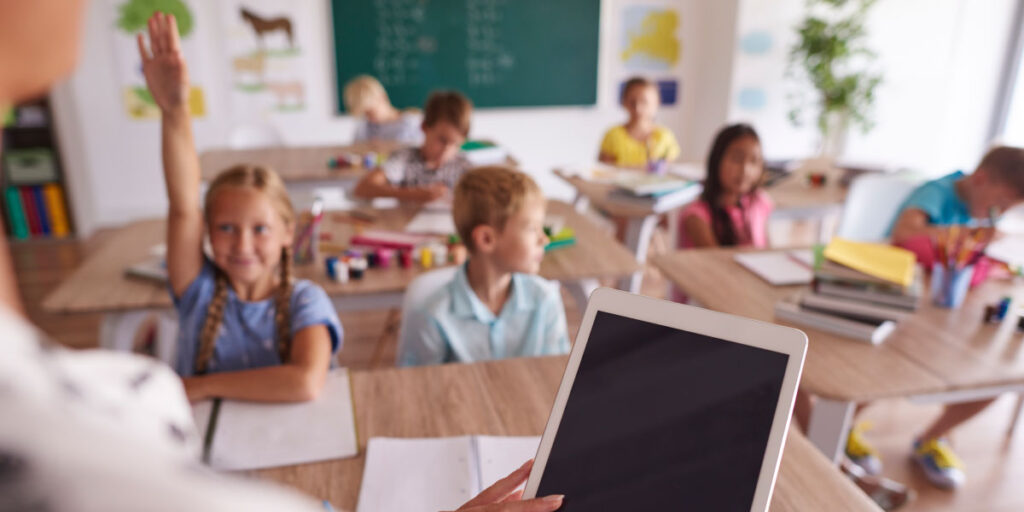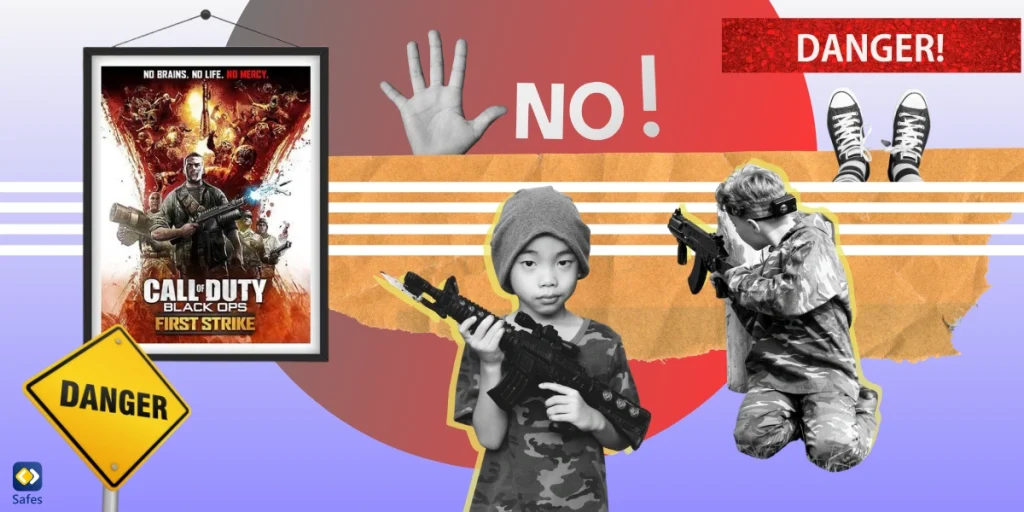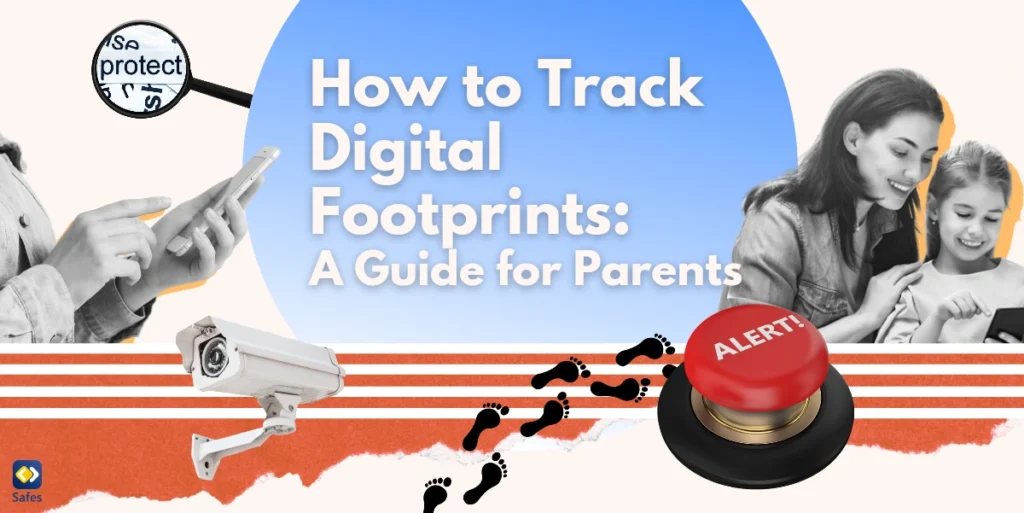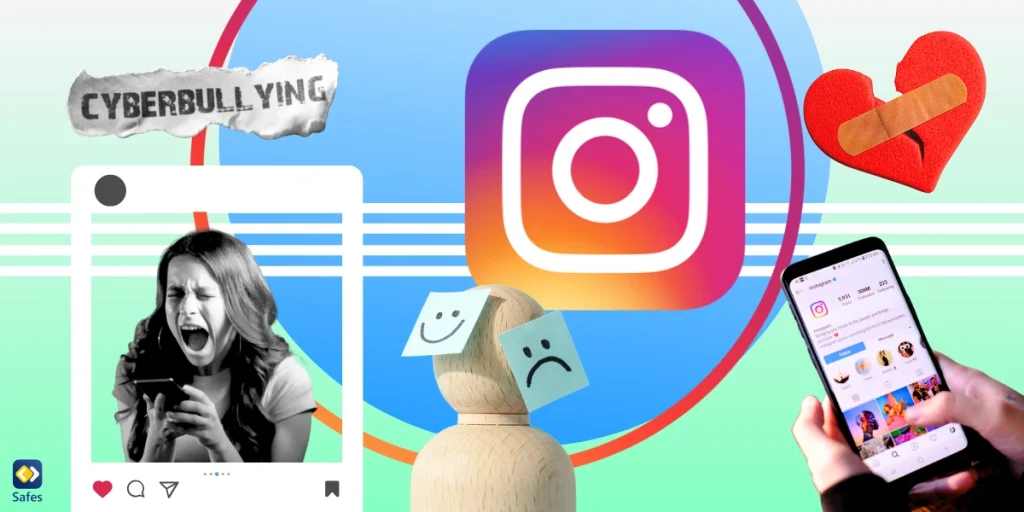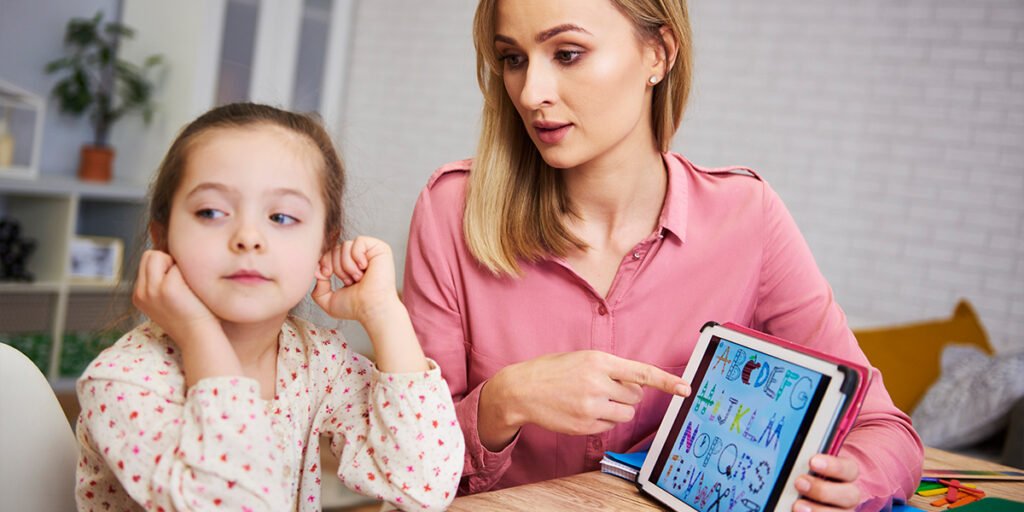Technology has become an integral part of our lives, and students are becoming increasingly reliant on it. But while integrating technology can be incredibly helpful in teaching, learning, and providing students with access to a wealth of information, it also has its drawbacks. With that in mind, here are some tips on the proper use of technology for students.
Download and Start Your Free Trial of the Safes Parental Control App
How Should Technology Be Used in the Classroom?
Instructional technology can help when it comes to studying and completing assignments, but it can also be a major distraction. The use of technology should be monitored to make sure it’s helping rather than hindering progress.
It’s important to prepare students to use technology responsibly by teaching them digital literacy. For example, students should,
- Avoid inappropriate websites
- Limit their screen time
- Try not to be distracted by technology
- Fact-check their sources
Inappropriate Uses of Technology
The thing about many technologies today is that they’re a slippery slope. Take a tablet for example. You can use a tablet to read and stream movies. Unless you get a tablet that only shows you books such as a Kindle, then there are going to be distractions. Pop-ups, ads, and recommended links that throw students off the path of learning are plentiful. Think of YouTube’s recommendations. The platform has many educational videos but a student’s learning process can be easily derailed with a video of a cat grooving.
Inappropriate uses of technology aren’t just distractions. Many students are underage but the technologies they use for educational purposes can also introduce them to inappropriate concepts. That’s why parental control apps are rising and more parents are researching them. Even Amazon has methods on how to put parental controls on Kindles. Who would have thought a Kindle could be distracting?
Checking Online Sources
Students should make sure they’re using reputable sources. The information students access online must be accurate and up-to-date. It helps if they double-check the sources they’re using and make sure they’re reliable.
In the case of news, it’s best to find the original source. For example, many people cite a Wikipedia page as their source of information. But the irony is that each standard Wikipedia page has its own references that it cites at the end. Most websites link to the original source and students should take that into account when they research.
Fact-checking is especially important for social media. It prevents the chances of coming across examples of fake news on social media and simply believing them.
Taking Breaks
Technology can be incredibly stimulating, and it’s easy to overdo it. Whether it’s the responsible use of technology in the classroom by teachers to create lesson plans or at home by students, there’s always a threshold. After a certain amount of time, it’s important to take a step back from the learning environment and rest.
In the case of looking at a screen, encourage students to follow the 20-20-20 rule. In short, the rule suggests a healthy practice; every 20 minutes, look at something 20 feet away for 20 seconds.
There are also parental controls that can be used for underage students. For example, in the case of making virtual reality safe for kids, underage students use VR headsets for too long even in an educational context. But there are ways to set screen time limits like the parental controls on Oculus Quest, a VR headset model.

3 Main Technologies Students Should Use
Technology is a vague word because it can mean a lot of things at once. The benefits of technology are plentiful. However, there are effective uses of technology in the classroom for students. Here are three main technologies students should know how to use properly.
Social Media
Social media platforms such as Instagram and YouTube can be educational in the right context. YouTube, specifically, engages students with its educational videos posted by individuals, universities, and organizations. Though social media isn’t the best learning experience, it can certainly be used for the job.
Search Engines
Many students don’t use search engines properly. The internet, a sea of information, would be impossible to navigate without the help of a search engine. Even finding a book in a library can be an optimizable process, i.e., searching by alphabet or topic or both. The internet is sort of the same.
Searching keywords and indexing the information researched can help students optimize their process. Students can eventually come onto websites that are great resources, and they can use them indefinitely in the future. It’s easy to get overwhelmed by the sheer amount of information available online. To make sure students are staying on top of their studies, they should create a system for organizing their notes, research, and other materials.
Online Classes
Though online classes existed before the COVID-19 pandemic, the world shutting down certainly helped better integrate online educational technology into society. Online education can happen in the form of websites, such as Khanacademy, which targets students and is a non-profit organization. It can also have the form of private online classes.
Such online resources are usually free or much cheaper than face-to-face education, such as going to a school, college, or university. These resources can especially satisfy a student’s curiosity about a topic they don’t want to necessarily delve into. Like when a biology student wants to learn about a philosophical topic just for the sake of it.
Conclusion
By following these tips, students can make sure they’re incorporating technology in a productive and responsible way. Learning the proper use of technology for students can be extremely helpful. Optimizing the use of technologies such as the internet and search engines can make a student’s life in the 21st century a whole lot easier.
Using a parental control app, like Safes, can make sure that students’ distractions are kept to a minimum. To learn more about features and pricing, download Safes to explore its capabilities with a free trial!
Your Child’s Online Safety Starts Here
Every parent today needs a solution to manage screen time and keep their child safe online.
Without the right tools, digital risks and excessive screen time can impact children's well-being. Safes helps parents set healthy boundaries, monitor activity, and protect kids from online dangers—all with an easy-to-use app.
Take control of your child’s digital world. Learn more about Safes or download the app to start your free trial today!
